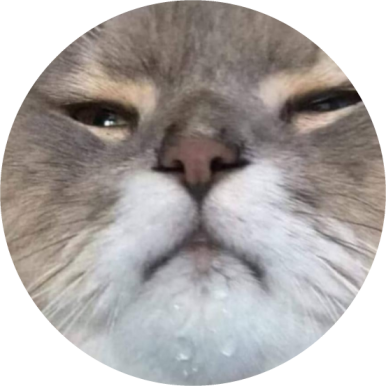Thank you for your time!
- Are desktop environments changeable once the OS is installed? Can I switch between Cinnamon and KDE Plasma, for example? Or should I decide on one before I settle for a distro?
- Coming from Windows, I’m used to my hard drives just being “there”, no matter what program I’m using. I need to explicitly set permission levels in order to restrict access, but by default I can access anything anytime. The last time I tried Linux, I couldn’t get the program I was using to “see” my hard drives in order to open a file, despite the drives being accessible in the OS file manager. How does this stuff differ between Windows and Linux? What basics should I know about hard drives, e.g. what the hell is “mounting”?
- What are the crucial differences between the different package managers (e.g. Flathub, Snap, etc.) and why should I choose one over another? And like with the desktop environment question, can I switch app stores at will, or do I need to commit to one before I begin? I’ve read a lot of very angry and passionate comments in passing related to the various package managers, but none of it was accessible/comprehensible to a n00b like me.
- Can you recommend a resource - be it a CoolGuide image, video series, a PDF, a website, whatever - that will explain in simple terms the Linux way of doing Windows stuff? (Like with my hard drives question, for example.) “If on Windows you do X, on Linux you’ll have to do Y” kinda thing, but for everything, no matter how basic.
Thanks for reading 👍
- Yes, if you start with GNOME and later install Plasma, you can switch between them on the login screen. However, if you’re a noon, I would recommend starting with GNOME, as it’s easy to use.
- Your drives should be mounted by default on distros such as Fedora GNOME. The main reason apps can’t see other drives us because you installed the app in question via flatpak, which has reduced permissions for things such as storage in the name of ‘security’
- Your distro should have official repositories, which are useful for installing system apps and apps you want to have storage access. Everything else can be downloaded from flatpak, although it does use more storage space as each app is isolated from the system and thus can’t share common dependencies.
- Unfortunately I don’t know of such a guide, but GNOME as a DE is pretty intuitive for new users and I’m always happy to answer your questions
Ahh I didn’t think of permissions differing depending on where the program came from, but it makes sense that that would be the case. That explains the issue I was having!
Pretty awesome that you can switch desktop environments, but GNOME does look to be the better choice for me. Cheers!
Thank you for the help, it’s been… helpful! (need a thesaurus haha)
-
Yes
-
Userspace (as in the programs you interact with on a daily basis, as opposed to the kernel) doesn’t really care that much about drives. But they do care a lot about your filesystem. And some programs, such as a filesystem browser, will care about partitions on a disk to allow you to mount a partition somewhere on your filesystem so that you can interact with it.
Basically, whereas windows (and friends) used drive letters, linux doesn’t - it only has the root filesystem. The practice of mounting something (another filesystem on a drive, a cd, an ISO, a network share, or whatever it might be) basically means to associate that filesystem with a mountpoint. A mountpoint looks like a normal directory, except that everything under that directory is on a separate filesystem.
In effect, this means that you can have an external drive mounted to somewhere convenient, such as /home/58008/Desktop/windowsdrive , and you interact with it as you would any other directory structure on your desktop. Mounting can be done in multiple ways, and the main three are:
a) automatically by defining them in /etc/fstab
b) conveniently via your Explorer of choice. Usually this will result in any unmounted filesystem you try to access getting mounted under /media/somewhere/filesystemlabel
c) manually via the mount command. I suggest you try it and play around with it, as this will make it much clearer than my explanation ever could. -
I don’t feel competent enough to answer this properly, as I only use apt-get or compile from source
-
Don’t know. But I would still recommend this, even if it’s not what you’re after: https://linuxupskillchallenge.org/#start-here
Thank you so much, your explanations were very helpful, and I will definitely be working through that Upskill Challenge!
Cheers!
-


